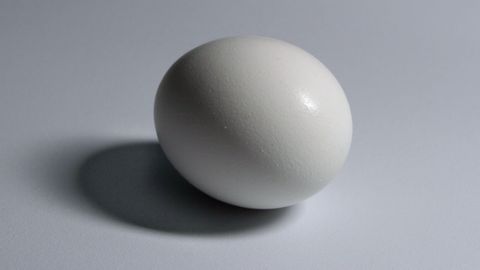
Subtitles & vocabulary
Shading Light and Form - Basics
00
vulvul posted on 2014/09/19Save
Video vocabulary
spot
US /spɑt/
・
UK /spɒt/
- Noun
- A certain place or area
- A difficult time; awkward situation
- Transitive Verb
- To see someone or something by chance
A2TOEIC
More form
US /fɔrm/
・
UK /fɔ:m/
- Noun
- Sports team or person's current winning record
- Document you complete when making an application
- Transitive Verb
- To organize something such as a club or group
- To develop; to come into a shape or substance
A1TOEIC
More edge
US /ɛdʒ/
・
UK /edʒ/
- Noun (Countable/Uncountable)
- An advantage you have over others
- Cutting side of a sharp object
- Transitive Verb
- To cut something to make the blade sharp
- To go around the boundary of something
A2TOEIC
More shape
US /ʃep/
・
UK /ʃeɪp/
- Noun (Countable/Uncountable)
- The outer form of something, what it looks like
- Condition or state of someone or something
- Transitive Verb
- To influence something to make it the way you want
- To give a certain material a particular form
A1TOEIC
More Use Energy
Unlock All Vocabulary
Unlock pronunciation, explanations, and filters
